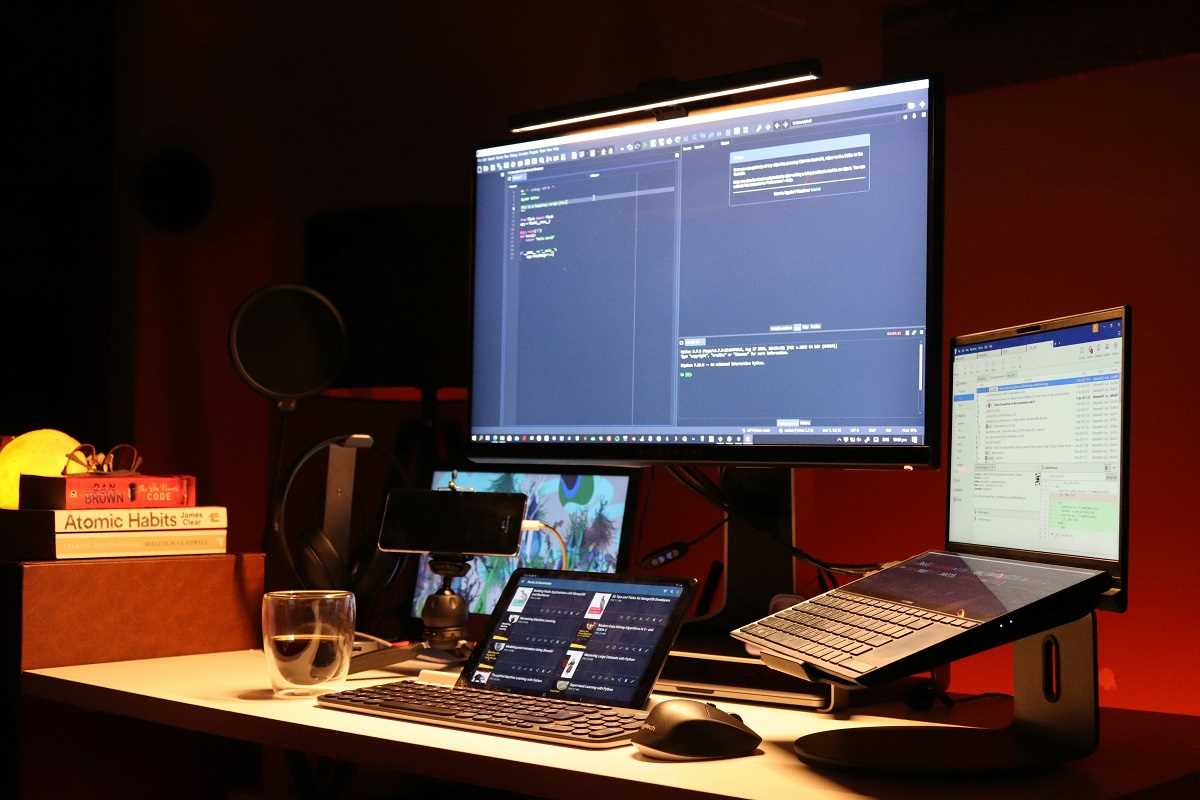A career as a digital artist is like stepping into an endless, colorful world where creativity meets technology. Whether you're sketching characters for a video game, designing sleek marketing visuals, or animating a short film, opportunities in this field are vast. It’s not just about making art—it’s about crafting experiences that can move, inspire, and engage people. But how do you turn your artistic passion into a thriving career? Here’s a roadmap to guide aspiring digital artists toward their goals, packed with tips, insights, and a healthy dose of motivation.
What Does a Digital Artist Do?
Simply put, digital artists create artwork using technology. You’ll find them designing video game assets, animating films, creating concept art for new worlds, or even illustrating book covers. The beauty of this field lies in its diversity. Want to work in advertising? Explore graphic design. Love storytelling? Animation could be your calling. With digital art, you get to wear many creative hats and tailor your career to your passions.
Core Skills Every Digital Artist Needs
Before jumping into this field, it’s essential to equip yourself with the right skills. While each niche might require specific expertise, here’s a list of universal skills every digital artist should have under their belt.
1. Master the Tools of the Trade
To bring your ideas to life, you’ll need the right software and tools. Start by learning industry staples such as Adobe Photoshop, Illustrator, and After Effects. If you’re leaning toward 3D art, Blender, Maya, or Autodesk are must-haves.
Many software programs offer free trials or basic versions that give you room to experiment without breaking the bank. Remember, the goal isn’t to become proficient overnight—you’ll build expertise with practice. Online tutorials, YouTube, and platforms like Skillshare or Udemy are your best friends here.
2. Have a Strong Foundation in Traditional Art
Surprising, right? Even though you’re working digitally, understanding composition, color theory, anatomy, and perspective is crucial. These fundamentals apply regardless of whether you’re holding a pencil or a stylus.
Take time to sketch in your free time. Go back to pen and paper often—this interplay between traditional and digital art helps sharpen your core instincts.
3. Adaptability with Styles and Trends
One day you might be designing playful cartoon characters; the next, a sleek web interface. Being adaptable and willing to explore new styles keeps you relevant in an industry that evolves rapidly. Keep an eye on current trends and integrate them into your work when necessary.
Building a Portfolio That Dazzles
Your portfolio is often your first impression with clients or potential employers. It’s not just a collection of random pieces—it’s your personal gallery showcasing your unique voice and skillset.
1. Quality Over Quantity
It’s better to show 10 polished, captivating pieces than 30 unfinished ones. Curate your portfolio to highlight your best work that aligns with the kind of projects or jobs you want to pursue.
2. Include Personal Projects
Don’t wait for big gigs to create outstanding artwork. Personal projects are an excellent way to explore your creativity. For example, create a reimagined poster for a movie you love or a mock design for a brand. These projects display your initiative and creative thinking.
3. Tailor Your Portfolio to Your Audience
Looking for a position in game design? Showcase character concepts, environment backgrounds, or weapon designs in your portfolio. Planning to enter animation? Include videos of short animations, storyboards, or concept artwork. Adjust your portfolio to fit the audience you’re presenting it to.
Networking in the Digital Art World
Talent is important, but connections can take your career to places you never dreamed. The creative industry thrives on collaboration, and knowing the right people can open doors to exciting opportunities.
1. Social Media is Your Playground
Platforms like Instagram, Behance, and ArtStation are goldmines for digital artists. Post your work regularly, engage with your audience, and follow other artists to stay inspired. The key is consistency—be active, but remember to prioritize quality over quantity in what you share.
2. Attend Industry Events
Conventions, workshops, and meetups are fantastic for meeting like-minded creatives and industry professionals. These events often feature portfolio review sessions, giving you an opportunity to get valuable feedback or even land a job. Even virtual events have grown in popularity, so keep an eye out for online conferences.
3. Collaborate on Projects
Whether it’s a game jam, a group concept art initiative, or a community challenge, participating in group projects shows that you’re a team player. Collaboration not only builds skills but also helps you connect with other artists and professionals.
Nurturing Creativity
Every artist faces occasional creative blocks. Here are ways to keep your ideas fresh and your spark alive.
1. Find Inspiration Everywhere
Don’t limit yourself to looking at other art. Movies, books, architecture, nature, and even conversations can ignite new ideas. Pay close attention to the details—how shadows fall, the way colors interact, or the emotions a space evokes.
2. Experiment with New Techniques
Step out of your comfort zone. If you’re used to bright, cartoony styles, try your hand at something darker or more realistic. Creating with a new tool, like a 3D plugin or graphic tablet setting, can push your boundaries creatively.
3. Take Breaks When Needed
Burnout is real, especially in a field where passion overlaps with work. Don’t feel guilty about taking time to recharge—your best ideas often come when your mind isn’t overworked.
Overcoming the Challenges
The path of a digital artist isn’t without its hurdles. Competition can be fierce, clients may have tough demands, and creative slumps happen. Here’s how to stay strong.
1. Be Open to Feedback
Critiques are part of the job. Instead of taking them personally, use them to improve. Seek constructive feedback from peers, mentors, or even online communities.
2. Manage Your Time Wisely
Balancing multiple projects can be tricky. Tools like Trello or Notion can help you track deadlines and stay organized. Establishing routines for work and rest is crucial to avoid burnout.
3. Stay Current with Technology
New software, techniques, and trends are constantly emerging. Make it a habit to take time each month to learn something new, whether it’s a tool update or a breakthrough in AI drawing software.
Why This Career is Worth It
Yes, the digital art industry is competitive. Yes, it takes years of hard work to find your voice and your place. But few professions allow you to bring your imagination to life daily and have those creations make an impact. Whether through storytelling, world-building, or illustration, your work as a digital artist has the power to inspire joy, spark intrigue, and even change perspectives.
The world constantly needs creative minds to build its future. If you’re passionate, curious, and willing to put in the work, a career as a digital artist can be as rewarding as it is exciting. Now, pick up your stylus and make magic happen!
 (Image via
(Image via





.jpg)